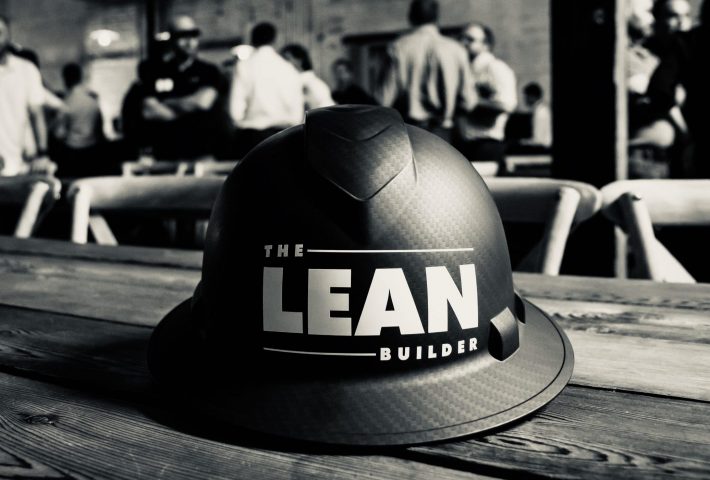Construction 4.1: The case for an urgent COVID 19 reboot of the construction industry
Construction of new infrastructure will be an important tool for governments around the world seeking to rebuild economies devastated by shutdowns in response to COVID 19. Every dollar spent on construction projects has a multiplier effect. It directly results in increased employment by the contractors and consultants engaged to do the work, increases demand for goods and services required to build the project, and results in increased spending by the new workers employed. This in turn leads to further employment of people in the wider economy.


.jpeg)
